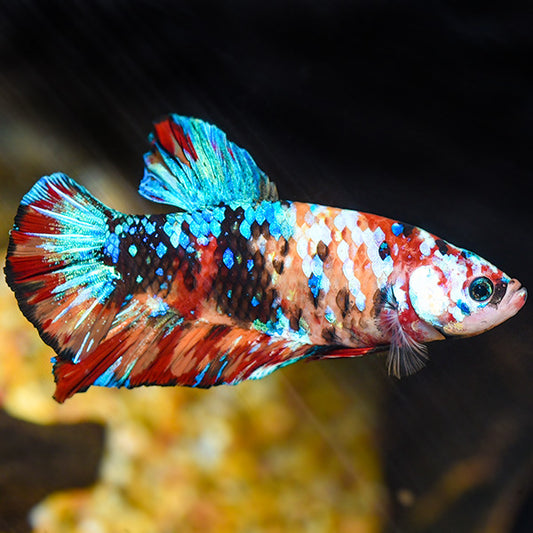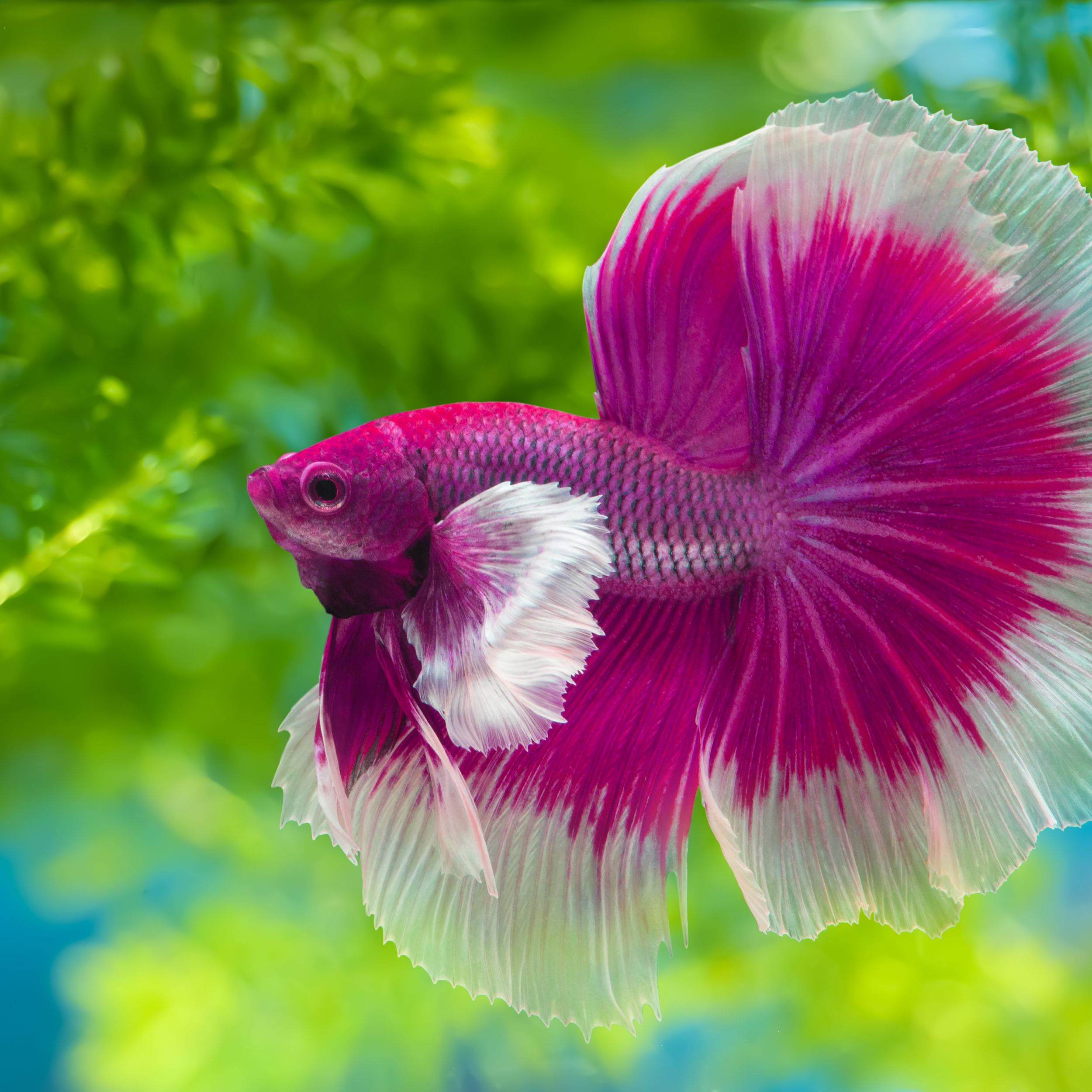Exactly how to Pick the Right Betta Fish for Your Aquarium
Exactly how to Pick the Right Betta Fish for Your Aquarium
Blog Article
All Concerning Betta Fish: Comprehending Their Distinct Demands, Actions, and the most effective Practices for Optimal Care
Understanding the special needs and behaviors of Betta fish is crucial for any aquarist wanting to offer ideal care. These fascinating creatures, belonging to the cozy waters of Southeast Asia, exhibit distinct territorial tendencies and require particular environmental conditions to flourish. From picking the right storage tank dimension to identifying potential health problems, numerous variables significantly influence their health. As we discover these elements additionally, the effects for both beginner and experienced fish keepers become progressively apparent, elevating inquiries regarding how best to fit these exceptional fish in our homes.
Betta Fish Overview
Although often admired for their vibrant shades and flowing fins, Betta fish, medically recognized as Betta splendens, are complex creatures that need details like thrive. Stemming from Southeast Asia, these freshwater fish are understood for their territorial nature and special habits. Betta fish exhibit sexual dimorphism, with males showing much more brilliant colors and longer fins than ladies.
Their aggressive propensities, particularly amongst men, demand careful factor to consider when housing them. Bettas are often kept in single-specimen tanks to stop territorial conflicts. Nevertheless, they can exist together in harmony with specific compatible species in larger neighborhood containers, provided the setting satisfies their demands.

To ensure optimal care, aquarists must comprehend their special behavioral characteristics, dietary requirements, and habitat needs. betta fish. With appropriate attention, Betta fish can display their vivid personalities and grow in a properly maintained fish tank setting
All-natural Environment and Atmosphere
Betta fish flourish in a diverse variety of all-natural habitats, mostly located in the superficial waters of Southeast Asia, including rice paddies, swamps, and slow-moving streams. These environments are identified by cozy temperatures, generally between 75 ° F and 82 ° F(24 ° C and 28 ° C ), and a pH level ranging from 6.5 to 7.5, which is optimal for their wellness and health.
In their natural environments, Betta fish are accustomed to thick plants, supplying both sanctuary and breeding grounds. The visibility of plants such as drifting water lilies and thick turfs not just supplies defense from killers but also contributes to the oxygenation of the water, which is crucial for their respiratory requirements. Furthermore, these environments often have locations of still water, allowing Betta fish to show their natural behaviors such as bubble nesting.
Recognizing the natural environment of Betta fish is critical for fish tank enthusiasts. Duplicating these conditions-- via water temperature level, pH balance, and the addition of online plants-- can significantly improve the overall health and longevity of these exciting fish, ensuring they flourish in a home fish tank setting.
Social Habits and Communications
Recognizing the social habits and communications of Betta fish is essential for effective fish tank administration. Betta fish, or Siamese combating fish, are recognized for their one-of-a-kind behavior qualities, characterized mostly by territoriality and aggression. Males, particularly, display highly aggressive habits in the direction of each other, resulting in the notorious track record of Betta fish as boxers. In a constrained room, 2 men can take part in terrible conflicts, typically resulting in injury or death.
Conversely, women Bettas exhibit less aggressive actions and can exist together in teams, known as sororities, if introduced appropriately. Nonetheless, it is vital to check their interactions very closely, as pecking order and supremacy can lead to disputes. Understanding the characteristics within a Betta community is crucial; developing concealing places and making certain enough room can minimize aggressiveness.
In enhancement, Betta fish might likewise show curiosity and social actions in the direction of other types. While they can exist side-by-side with specific non-aggressive tank companions, it is necessary to pick suitable species to avoid tension and aggression. In general, recognizing these social communications is essential to fostering an unified fish tank setting for Betta fish.
Essential Treatment Standards
Providing appropriate care for Betta fish is critical have a peek at these guys to their health and wellness and well-being. Routine water adjustments-- around 25% regular-- assistance maintain water high quality.
Betta fish require an ideal container size; a minimum of 5 gallons is recommended to offer appropriate area for swimming and hiding. Include decorations and plants to produce a revitalizing atmosphere, but stay clear of sharp items that could harm their delicate fins.

Finally, make certain the tank is equipped with a filter to maintain the water clean, but utilize a gentle filter to avoid strong currents that can stress the fish. By complying with these crucial treatment guidelines, owners can promote a healthy and balanced and vibrant Betta fish.
Common Wellness Issues and Solutions
In the care of Betta fish, understanding of typical health and wellness problems is vital for keeping their wellness. One widespread problem look at these guys is fin rot, typically triggered by poor water quality or microbial infection. Signs include torn or blemished fins. To treat fin rot, enhance water problems and take into consideration making use of a broad-spectrum antibiotic.
An additional common ailment is ich, a parasitical infection characterized by white spots on the fish's body (betta fish). Therapy involves boosting water temperature level and adding fish tank salt to the tank, as this can assist remove the parasite
Swim bladder disorder is also regularly observed, bring about buoyancy problems. This condition their website may develop from overfeeding or bowel irregularity. A fasting duration of 24-48 hours, adhered to by a diet of blanched peas, can supply relief.
Lastly, bettas may struggle with velvet condition, indicated by a gold dust-like look on their skin. Treatment typically needs drug especially designed for outside parasites, alongside boosted container hygiene.
Normal tracking of water criteria, preserving a tidy atmosphere, and supplying a well balanced diet regimen are vital preventative steps. By addressing these wellness problems promptly, Betta fish can lead healthier, extra dynamic lives.
Final Thought
In summary, effective betta fish treatment calls for an understanding of their unique demands and actions. Giving an ideal environment, including suitable container size and water problems, is crucial for their well-being. Furthermore, acknowledging their territorial nature and guaranteeing sufficient hiding spots can avoid aggressiveness. Routine tracking of wellness and water quality, along with a well balanced diet, adds to the long life and vibrancy of betta fish. Sticking to these standards will certainly foster a flourishing aquatic ecological community for these exciting animals.
Report this page